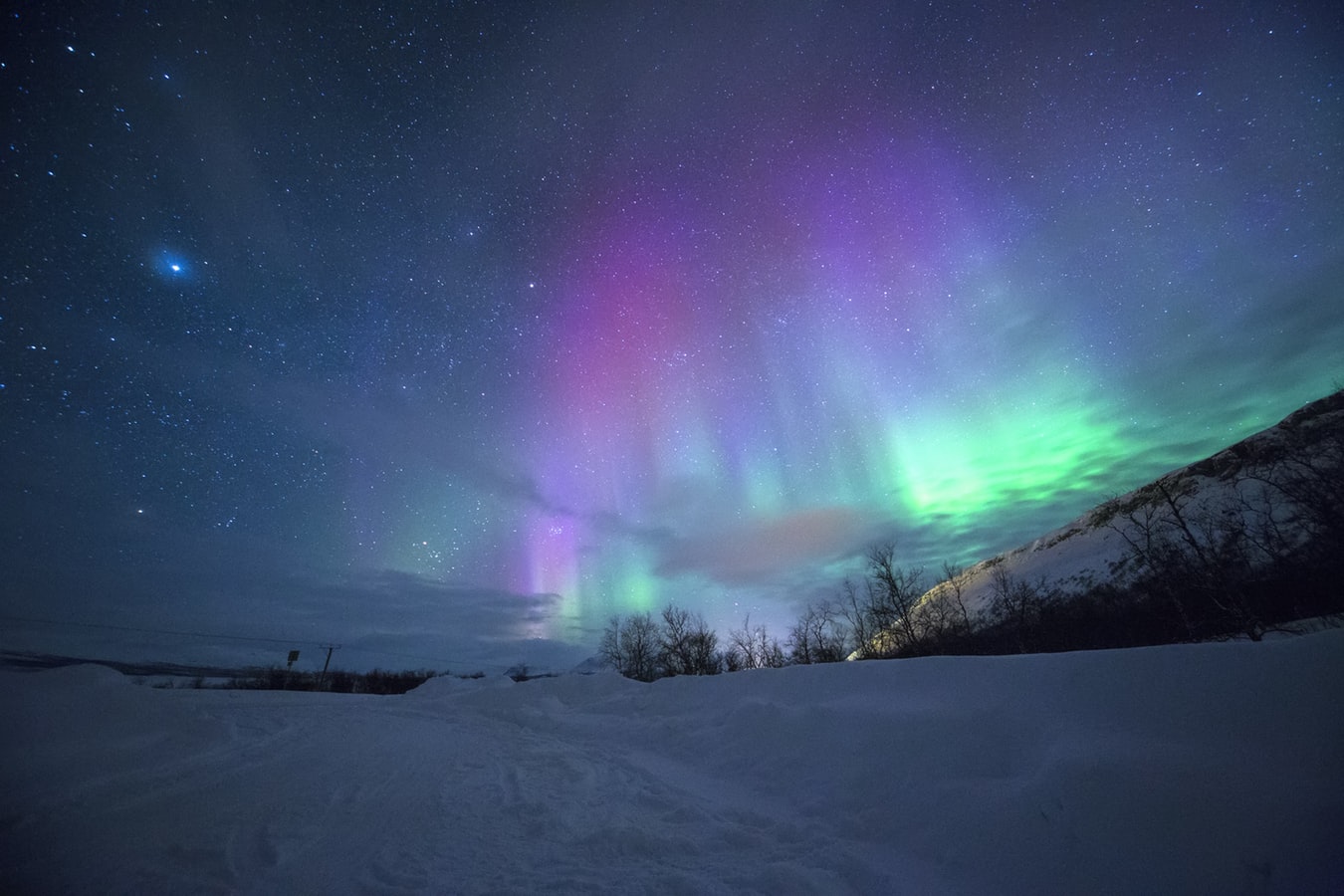Dear Colleagues,
We are pleased to announce a 3 days in-person workshop entitled: “Accretion/ejection processes in Star Formation: In theory and in practice”.
The workshop will take place at ESO/Vitacura premises in Santiago, Chile, from the 30th of November till the 2nd of December and is aimed to host up to 30 on-site participants.
The rationale behind the meeting is to exchange recent results on accretion-ejection in young stars, from low to high mass and from early to more evolved stages. We hope to make this a fruitful and discussion-oriented, post-pandemic, in-person meeting with the aim to establish a platform for students and early-career scientists to share their results in the field in addition to including a limited number of invited review talks.
The abstract submission for contributed talks and posters is now open with a deadline 16th of September: https://www.eso.org/sci/meetings/2022/Accrete_and_Eject2022/registration/registration-open.html
Interested participants can register using the same link.
For further details on the purpose and scientific background of the workshop please see the abstract attached or visit the website. The full program is expected to be announced in October.
Best regards,
Evgenia Koumpia, Miguel Vioque, Alejando Santamaría-Miranda, Willem-Jan de Wit (on behalf of the SOC)
URL: https://www.eso.org/sci/meetings/2022/Accrete_and_Eject2022.html
E-Mail: accrete_and_eject2022(at)eso.org
Abstract:
The accretion and ejection of material are the two dominant processes driving star formation and protoplanetary disk evolution. Accretion via circumstellar discs has a significant footprint on both protostellar evolution and the pre-main-sequence phase, while the specific accretion rates set boundaries on the resulting stellar masses as well as the lifespan of protoplanetary discs. On the other hand, the ejection of matter, in the form of outflows, winds and jets, is a ubiquitous phenomenon towards young accreting stars of ranging masses and evolutionary stages. Indeed, jets/winds can remove excess angular momentum and have a strong influence on the final mass a star can reach, and on the immediate environment where planets form (i.e, the protoplanetary disks). However, neither of these processes is yet well-understood, as we still have scarce evidence on the origin of the tracers we use to monitor these phenomena, and we lack significant knowledge of the accretion/ejection interface and physical connection. In this workshop, we propose to gather the Chilean-based star formation community working in this field, in order to debate the state-of-the-art theories and observations targeting the accretion/ejection processes in star formation. We wish to have ample time for discussion and interaction between the participants, thus aiding the interchange of knowledge on the different observational and numerical techniques and wavelength coverages for a range of stellar masses (low to high) and evolutionary stages (embedded to PMS). The goal of the workshop is thus to enhance open discussion and foster collaborations between people working in the field. Being held at the ESO/Vitacura campus, we will also take advantage of the local knowledge in instrumentation and observational techniques (ALMA, VLT-I). To stimulate discussion and to attain a higher degree of understanding of those very enigmatic phenomena, we will have a combination of referent speakers and lecturers, who will provide insights on the technical as well as the scientific background (lectures ranging from simulations to observing techniques), while highlighting the latest advances in the field (i.e, review talks). In addition, there will be time slots for the participants to present their current research and line of thought, while dedicated discussion sessions will focus on pinpointing open questions on the field and possible ways forward. We would like to dedicate one day to numerical models, and two other days to observational results, with a special focus on high-resolution techniques.
